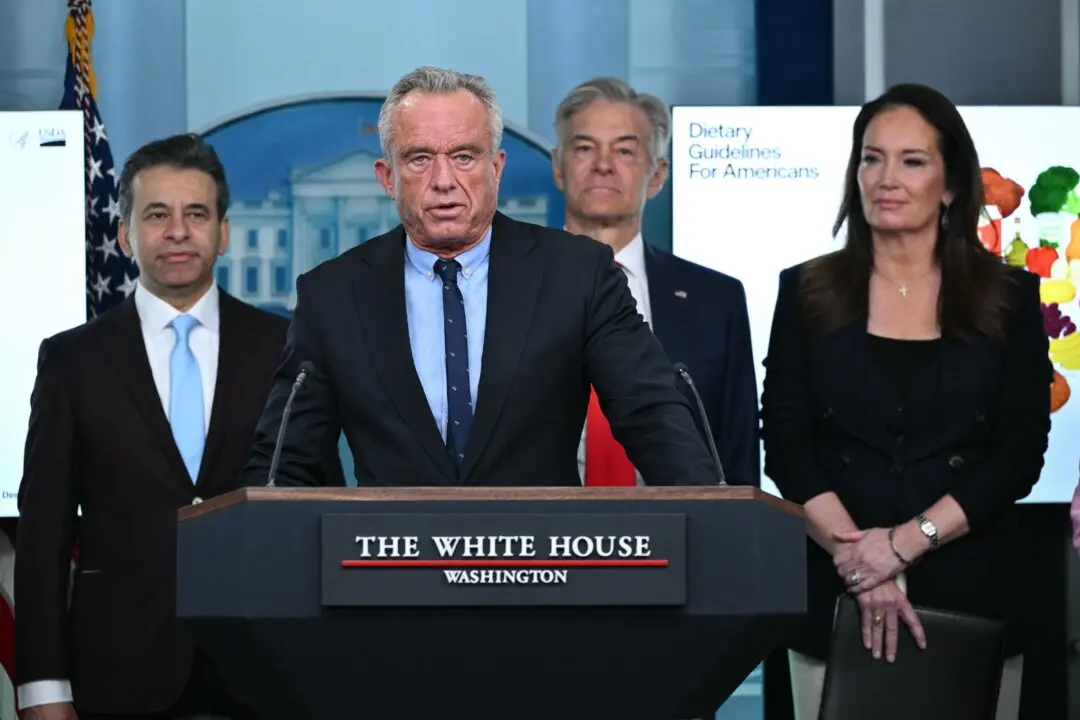The U.S. Postal Service (USPS) will spend $9.6 billion to electrify its entire fleet by 2026, the agency announced on Dec. 20.
The plan includes the purchase of 60,000 delivery vehicles from Wisconsin-based Oshkosh Defense, a military vehicle manufacturer. Of that number, 45,000 will be electric. USPS officials said that the agency will buy 21,000 additional vehicles from other manufacturers and no longer purchase gas-powered delivery trucks after 2026.





